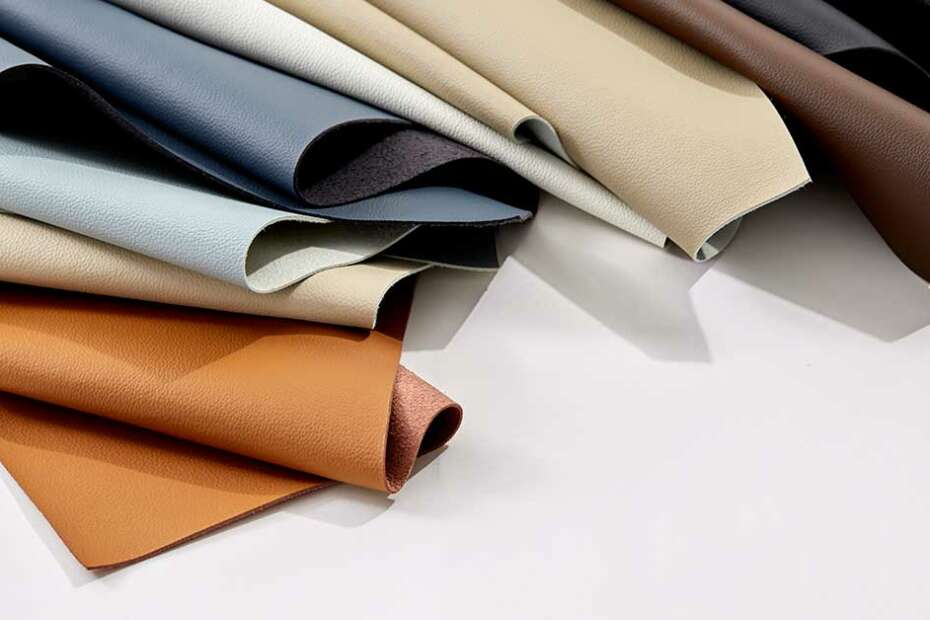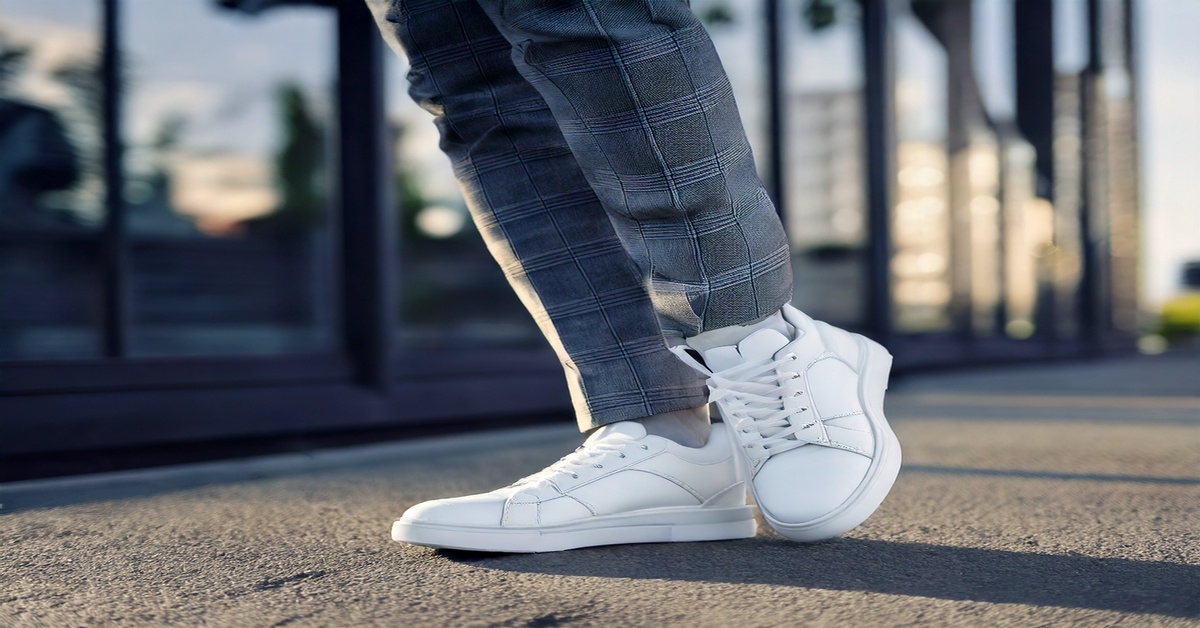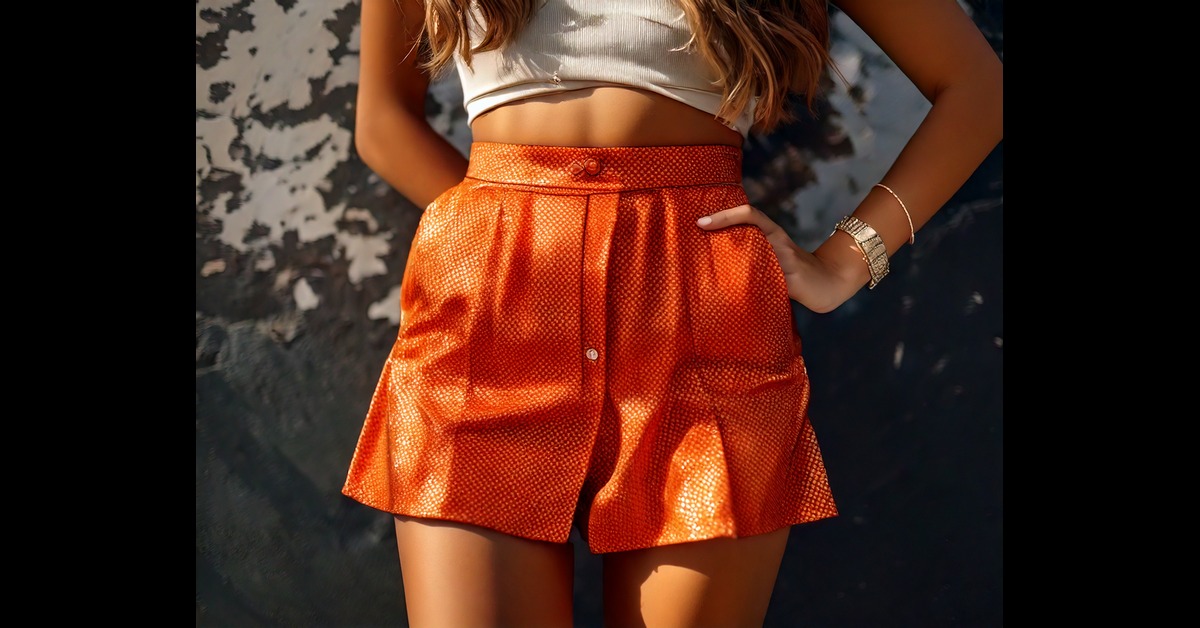The word faux has been floating around for quite some time now and is currently the hip new word in fashion. From fashion apparel to accessories, décor, and furnishing, faux leather in particular; has never been as widely acclaimed as it is at the moment.
With so much buzz around faux, aka synthetic and artificial, there are still many who are easily confused by it or its differentiating qualities that have become difficult to spot. Thanks to the vast improvement in manufacturing methods and finished products.
In this article, we will cover some key factors that will collectively help in not only understanding synthetic leather itself but also how to clean, repair or maintain faux leather as well. So let’s get started, shall we?
What To Expect In This Article?
Synthetic Leather Means
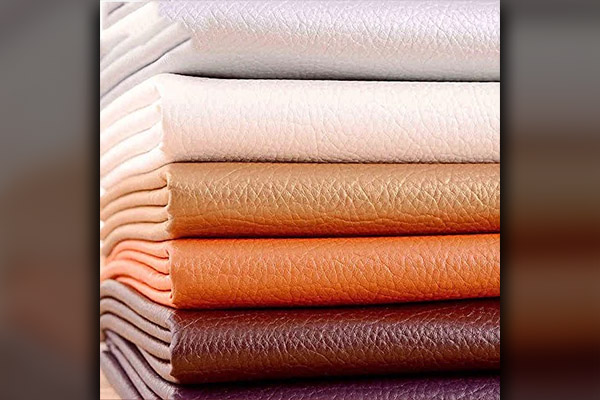
Faux leather is one of a few names coined to represent synthetic leather or in simple terms artificial leather.
Aside from faux leather, you may have heard of leatherette or koskin, which are one of those few names for faux, which describe the end uses of the particular product.
For instance, leatherette; is the name given to synthetic leather used in some apparel and auto upholstery. Koskin on the other hand would be the name given to consumer goods made from this synthetic leather which leaves us with the actual faux leather name that is used for anything from furniture to headboard upholstery.
Synthetic Leather Construction
We now move on to synthetic leather construction that has two commonly used types and these are polyurethane (PU) and polyvinyl chloride (PVC- Vinyl).
Vinyl synthetic leather has been around since the 1940s, initially being used for shoes, automobile interiors, and upholstery. While polyurethane and polyvinyl are both used for clothing, upholstery, and products, it would be important to point out that certain products are best suited to one (due to their application) over others.
For instance, vinyl not being as breathable as PU is not a good option for clothing but is perfect for products such as book bindings when moisture needs repelling. On the other hand, for clothing; PU would make a great option simply because it’s a more breathable material than vinyl. Still, regardless of these differences, you can find just about anything made with both these types of faux leather construction.
Synthetic Leather Material
Made from a fabric base that is chemically treated with wax, dye, and polyurethane for color and texture, synthetic leather is ultimately a man-made material that resembles real leather but at an exceptionally low cost. It is due to this, that synthetic leather fabric has an artificial effect that takes the form of grain and pores that in turn give the fabric a texture that mimics the real deal.
Artificial Leather Durability
The durability of artificial leather is underlined by the fact that it lasts a considerably long time and is a low-maintenance fabric. It can withstand any type of handling and usage without peeling or cracking. It is also stain-resistant and will not easily fade in UV light.
Artificial Leather Maintenance
As with all things, artificial leather may be ‘all that’ but still requires maintenance to prolong its newness, functionality, and look over the years. No one would like to sit on a scruffy, tattered leatherette sofa or slip into faux leather pants, surely.
By comparison, real leather tends to age very well, creating a unique patina over its surface. It is the complete opposite of artificial leather, which it is prone to be damaged at some point of time. Yet, it is also important to mention that artificial leather can be wiped clean of stains with warm water and a cloth, yet not being able to retain moisture, makes it prone to dryness and cracking.
Below we go through a few steps regarding synthetic leather maintenance that is easy enough to do by yourself at home. Now, who doesn’t like a good DIY leather conditioner that could save you from a walk to the store or hours of internet search?
Synthetic Leather Cleaner
Perhaps one of the most important factors that are game changers for any type of product made with synthetic leather is the quality. Even with faux, quality often determines how long the product will last and the condition it will be in over time.
For instance, if the quality of the faux is not good it can start deteriorating in a matter of three months. If it is of good quality it can last a few years. This too is subject to change, based on the maintenance and cleaning rituals of this synthetic leather product.
How to Clean Synthetic Leather
Blot, prep, wipe, and polish are just four basic steps to keep in mind when dealing with artificial leather cleaning. When your faux has anything from liquid spills, food, or other elements contaminating your artificial leather, you must blot the area with paper towels as soon as it has been discovered. This will make cleaning time less tedious and a little more effortless.
Next, you prep the soapy solution, by filling a vessel with warm water and mixing in some detergent. Mix until bubbles form and try to avoid any harsh detergents as these will damage the material. Dip a clean, soft rag into the water and squeeze excess water before moving towards the stained area. Excess water may also damage synthetic leather as this saturation can lead to premature ruin.
After a couple of repetitions of the rag and warm, soapy water, you will notice the area returning to normal, after which you can allow it to dry naturally. For a larger area, it is best to handle the cleaning in portions so as to prevent unwanted damage or excessive use of water over the area.
Lastly, although optional is the polishing stage that you can skip, though at the same time is also recommended to safeguard your synthetic leather. Applying polish over the freshly cleaned area, using a clean dry rag serves as a rebuffing of the area which in some cases is crucial over others.
Synthetic Leather Repair
It goes without saying that faux leather is subject to crack and peel over time, the only question remains is when. As much as synthetic leather has evolved to look as close to the real deal as possible, so too is the repair process that can be carried out using a vinyl and leather repair kit. This kit has many tints included, that allow you to repair the area, using the closest matching color possible.
The two words to remember here is mix and fix. That simple. The mix is the first part of the repair, where you establish a color closest to the surface to be repaired using the repair substance in the kit and mixing it in the empty container included. Once this is done, add pieces of the tints from those included to find one that matches and mix this in as well.
The fix is when you apply the tinted repair substance over the damage using the spatula tool included in the repair kit. Set a bit of this substance outside of the damaged area to help blend in this new application. Next, set the leather graining paper (grain side down) on the area and run a medium-heated iron over the surface (or as mentioned in the kit). Iron down the paper to heat-set the repair solution to achieve a leathery texture.
Faux Leather vs Real Leather
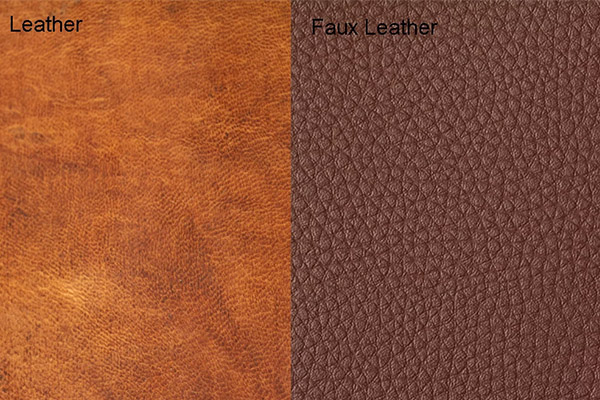
Although synthetic leather has grown to mimic real leather to the closest possible aspect, faux leather vs. real leather is still a hot topic, and differentiating them is still quite a task for many. Here’s how to do it
- Synthetic leather is more economical whereas real leather is not as much.
- Low maintenance is what synthetic leather enjoys but not real leather.
- Artificial leather has a realistic appearance and a consistency that is not found in real leather.
- It is easier to work with artificial leather as opposed to with real leather which makes it a big fashion opportunity.
- Synthetic leather can retain its level of stiffness and shape longer than real leather.
- A chemical odor will be found on faux whereas real leather will have a natural scent.
- Many artificial types of leather are made by layering different materials together, often having a substance or fabric as backing. This leads to an alteration in feel and texture, which strikes a big difference between faux and real leather.
Faux Leather vs Bonded Leather
After understanding that faux leather is artificial, many would think that bonded leather would be ‘real’ leather, given the fact that a tiny percentage (roughly 10-20%) of the overall makeup is real. This is a very common misconception. The truth being that faux leather would be a much better alternative as opposed to bonded leather and here’s why:
Bonded leather is the most inferior, flimsy type of leather there is. It is due to this that the product (whatever it is) peels, rips, fades etc. really quick. This does not happen with faux leather or any type of leather for that matter.
The fabric that makes up bonded leather is 100% vinyl or polyurethane and the tiny percentage of ‘real’ leather is technically leftover scraps that are chopped into tiny pieces and mixed with adhesives to be later rolled out flat. Faux leather has no such makeup which clearly affects the look and feel of the final product as well as the durability and maintenance.
F.A.Qs
Synthetic leather entered the international material map in 1920 with the introduction of Naugahyde. A substance that was created by a US rubber company that had been in operation since 1892.
Synthetic leather, also known as leatherette or vegan leather can have different qualities based on how they were made, the product that it is made into and this, in turn, will also determine how long they will last. Just as there are good quality faux leathers out there, you can find many lower qualities available as well. This leads to many people getting robbed simply because they were none the wiser.
Faux or synthetic leather is made from a fabric base that is chemically treated with wax, dye and polyurethane for color and texture. Synthetic leather is ultimately a man-made material that resembles real leather but at an exceptionally low cost.
While synthetic leather may not be as good as real leather, it is however; a better option compared to bonded leather. Besides the big difference in the construction, both types are different in appearance, texture, durability and cost.
A faux leather jacket is as the name suggests, a jacket made of artificial leather.
Synthetic or faux leather is bad for your health because of the way it is made, using harmful ingredients. Not to forget that these emit toxic gases and chemicals should they reach the landfill.
There is no right or wrong answer to this question, as sometimes synthetic leather can look okay from a long distance until you take a closer look.
Being an artificial leather makes this material less breathable. This means that it can possibly make you sweat if it is excessively warm inside.
Polyurethane, Polyvinylchloride aka Vinyl, as well as Polyester Microfibers, are the three most common and best in the sense that they are stain-resistant and considerably breathable fabrics as opposed to other types of synthetic leathers.
Without a doubt, faux leather or synthetic leather is definitely not worth it. As they will never come close to real leather in terms of quality, durability and good looks. No matter what faux leather you may consider buying, think of it as a very short-term lifespan as compared to a real leather jacket that will truly last you a lifetime.
It’s a Wrap
To wrap up this subject in a concise yet comprehensible manner, faux leather is ideal for those looking for a good bargain, simply due to how closely reminiscent it is to real leather yet at a cost that fits well with many different wallets. Although faux looks and oftentimes, feels real; it may even withstand spilling and may have low maintenance value. Yet it will be subject to damage, fading and peeling over time. Which isn’t the case with real leather.
On one hand, synthetic leather has the above-mentioned advantages and on the other, it can be spotted as faux simply by the chemical odor it possesses. Real leather will always have a natural scent that serves as a distinguishing factor between the two.
It is truly a subjective topic when trying to choose real leather over faux leather and vice-versa when both have pros and cons. To simplify this matter, it may be helpful to point out the use or function of the product and determine what leather would be best. Faux leather or real.
For instance a leather jacket may be in real or faux leather and many may not tell the difference yet time will tell as the leather will undergo changes that will highlight the fact that it is real or faux. For e.g. if it’s faux leather, the jacket will possibly crack and peel and will require repair, whereas real leather will develop a striking patina over time but will not be damaged or faded with time.
In the same way, a sofa too may well be made in real leather which is risky as many are fooled by salesmen who sell faux leather or bonded leather and pass it off as real leather. If your sofa undergoes the most activity, jumping, spills etc. it’s best to go for faux leather.

